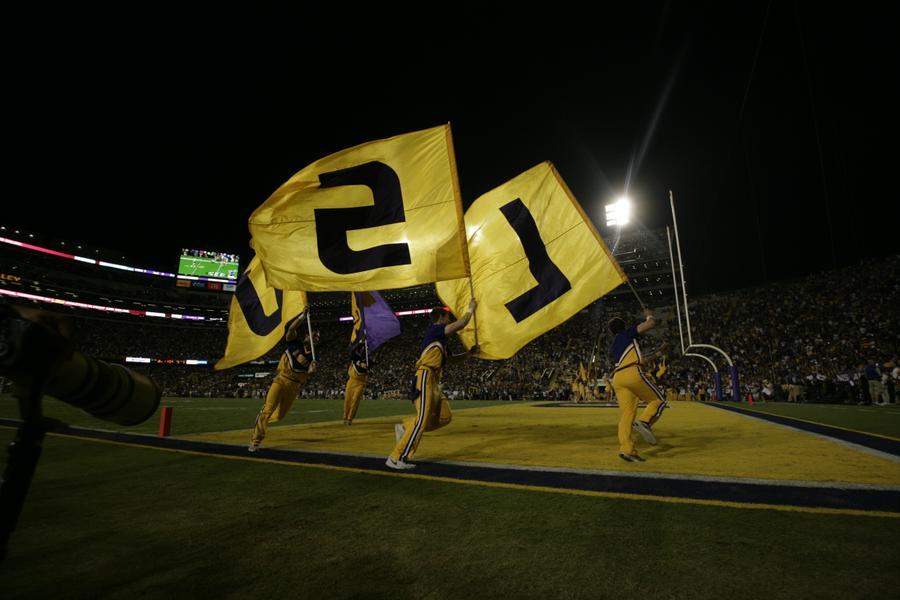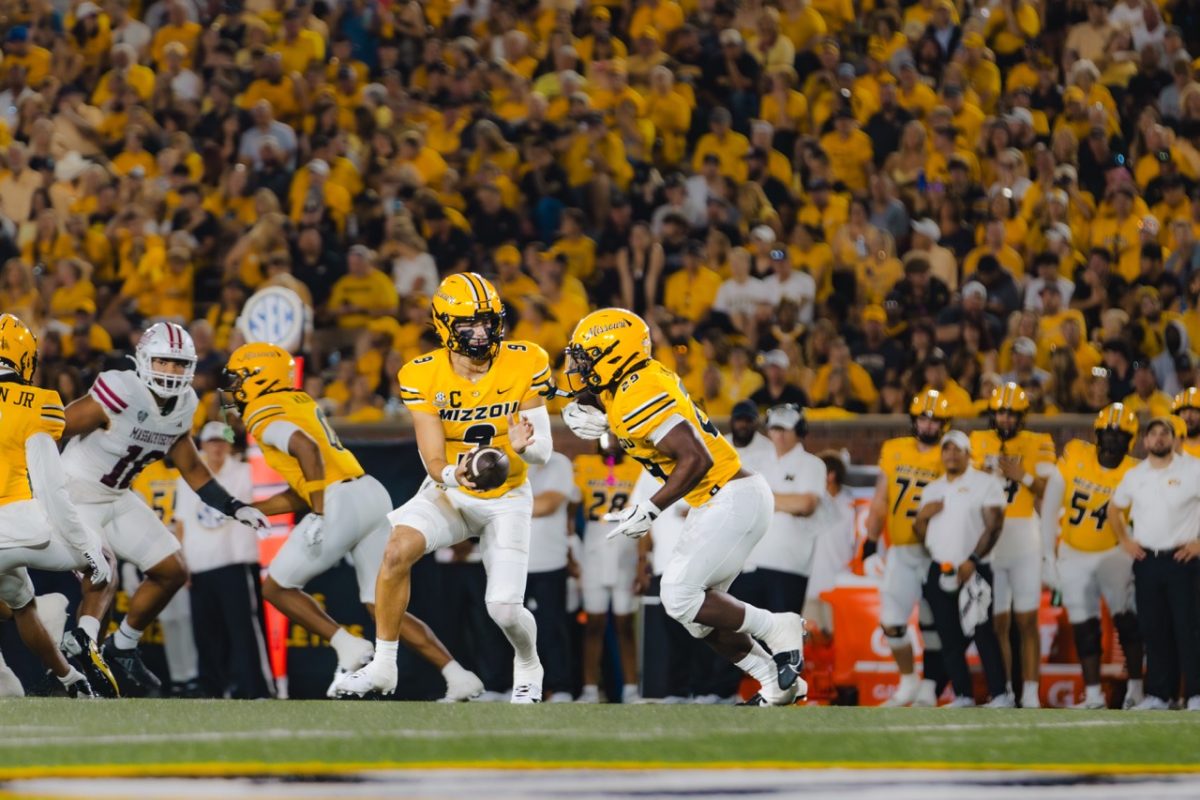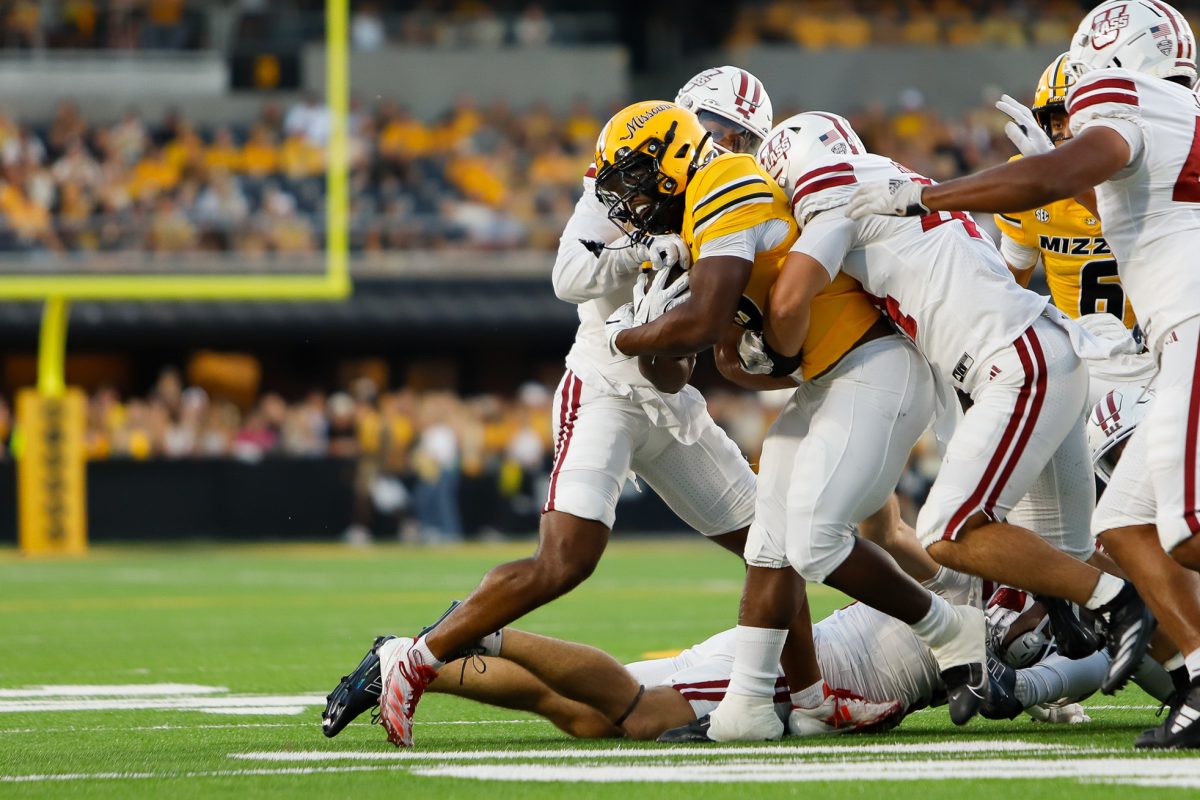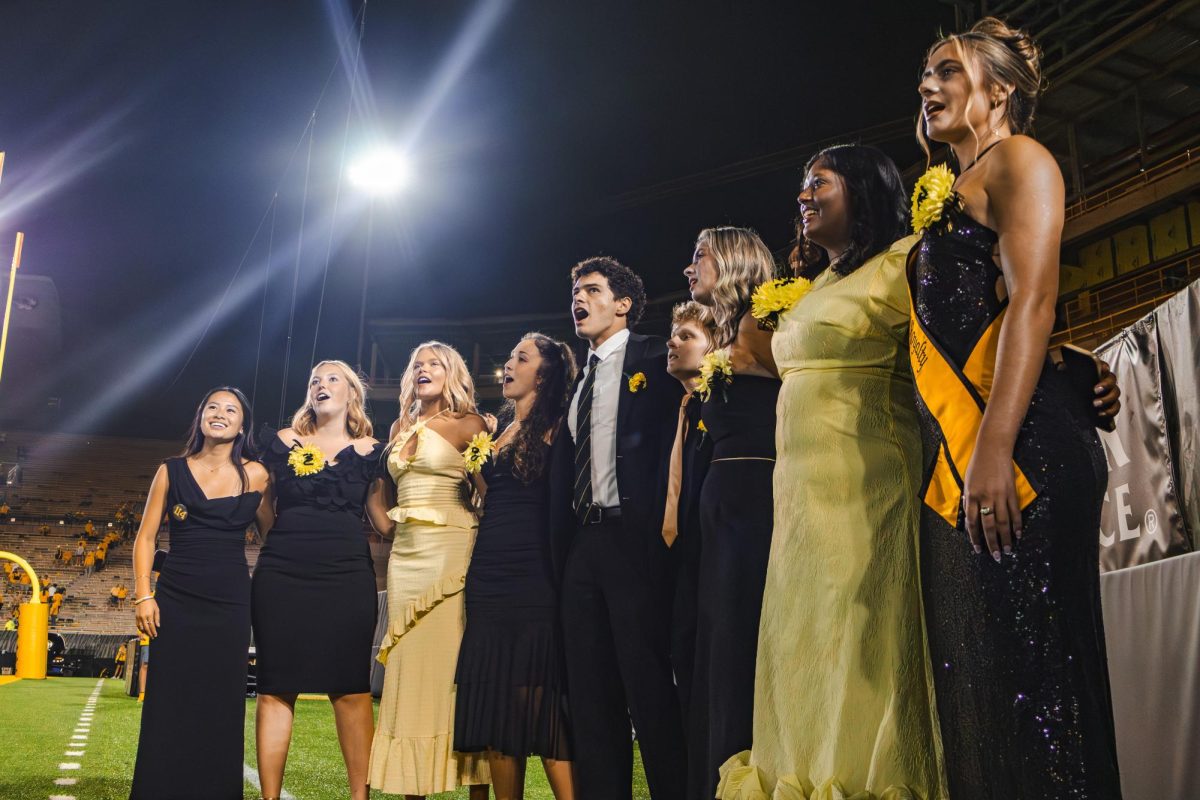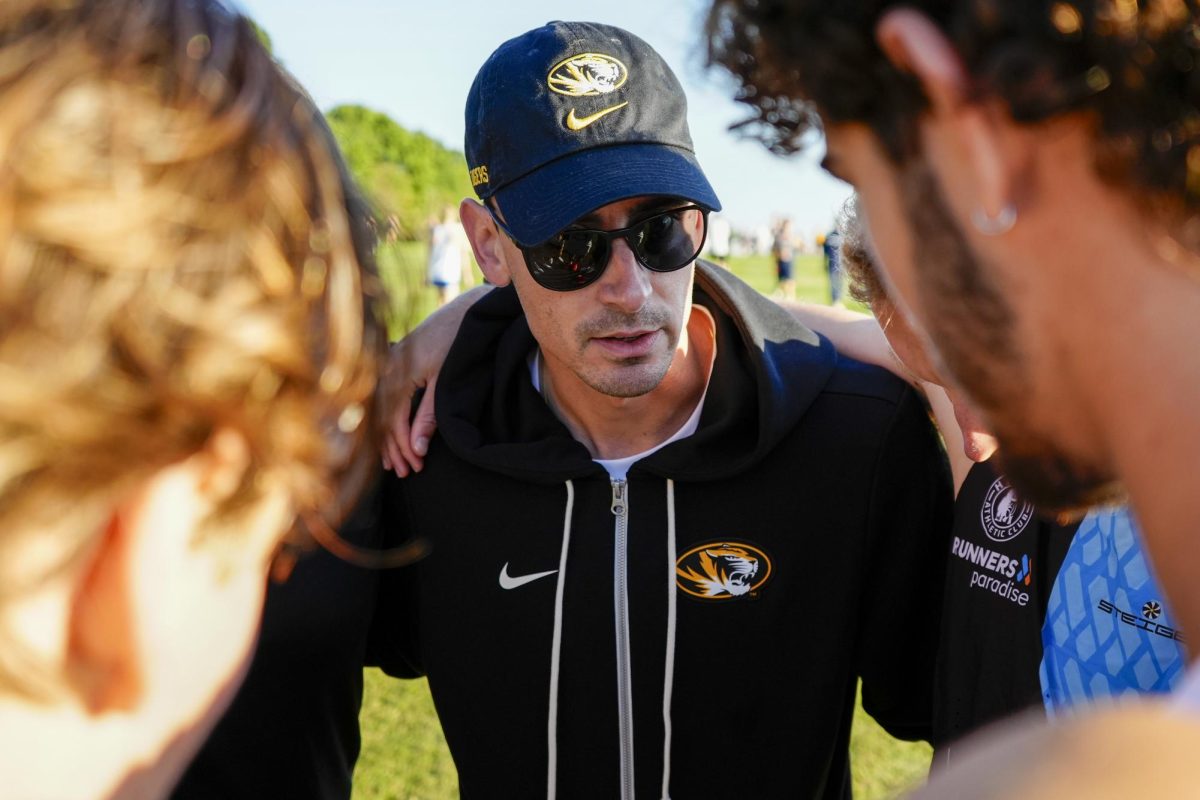Football Saturdays in Columbia are fun.
Fans converge on Memorial Stadium, sometimes parking as far as a mile from the stadium. Traffic peaks around half an hour before kickoff, with cars snaking their way through the tailgates that surround Faurot Field.
Fans file in as the Tigers kick off to the visitors, eventually filling around 60,000 seats if it’s a good game. They cheer for Missouri and sometimes boo the visitors, then leave and are away from the stadium within an hour of the game.
Football Saturdays in Columbia are fun. They just aren’t Southeastern-Conference-powerhouse fun.
The Maneater team and I made the pilgrimage to Baton Rouge this weekend to cover the Missouri-Louisiana State game. However, it was not the game that I took away from the trip. It was the culture of LSU football, which blows Saturdays in Columbia out of the water.
We left our hotel for Tiger Stadium at 1 p.m. in order to cover the game between Missouri and LSU. The game was scheduled to kick off at 6:30 p.m.
After driving along what was supposed to be the least trafficked route from Gonzales, Louisiana, to Baton Rouge, we ran into traffic seven miles outside of Tiger Stadium. It was 1:30 p.m.
After working our way through the pre-game traffic, we eventually made our way to our assigned parking spot. After devouring some Louisiana barbecue a few blocks away from Tiger Stadium, we set off to explore the LSU tailgate scene.
Unlike the Missouri tailgate scene, LSU tailgaters are not confined to the parking lots surrounding their football stadium. Instead, they stretch out for miles, dominating the entire southern half of Baton Rouge.
The best student tailgating is found on LSU’s campus. Students and alumni alike set up tents wherever there’s space, whether that’s in front of the law school, Episcopal church or on the LSU Parade Grounds.
Fans clad in purple set up couches, TVs and many more objects underneath LSU tents. Games of cornhole compete for space with massive grills that make anything from hamburgers to whole pigs edible.
After spending two hours surveying the LSU faithful, listening to a live band and pondering whether it was still acceptable for a 19-year-old to go into an inflatable bounce house, I headed into Death Valley.
Former LSU head coach Les Miles once dubbed Tiger Stadium as “the place opponents’ dreams come to die.” It was easy to see why as soon as I stepped onto the field.
The 102,321-seater stretched skyward in every direction. Even while empty, it still felt as though thousands of eyes were watching my every move.
As it grew closer to game time, fans gradually filled the stands. The noise level grew from a murmur to a rumble and eventually to a roar. At 6 p.m., I was barely able to hear the person standing next to me.
When the LSU Tigers took the field, it felt as though Tiger Stadium was about to collapse. The stands rumbled to life as fans stomped, screamed, clapped and made their presence known to all of Louisiana.
Their presence was felt by Missouri, which suffered its worst thrashing since joining the SEC. Despite many fans leaving before the game’s conclusion, there were still remnants of traffic two hours after game time expired.
Tiger Stadium isn’t just a different animal than Faurot; it is in a different species. On Saturday night, the Tigers who call Death Valley home were in a different species than their Missouri counterparts.
For Missouri to truly become the SEC power that it wants to be, it needs the help of its fans. It needs them to buy into the culture that is present every Saturday in Baton Rouge. Until then, football Saturdays in Columbia will remain a notch below those of the true SEC powers.


